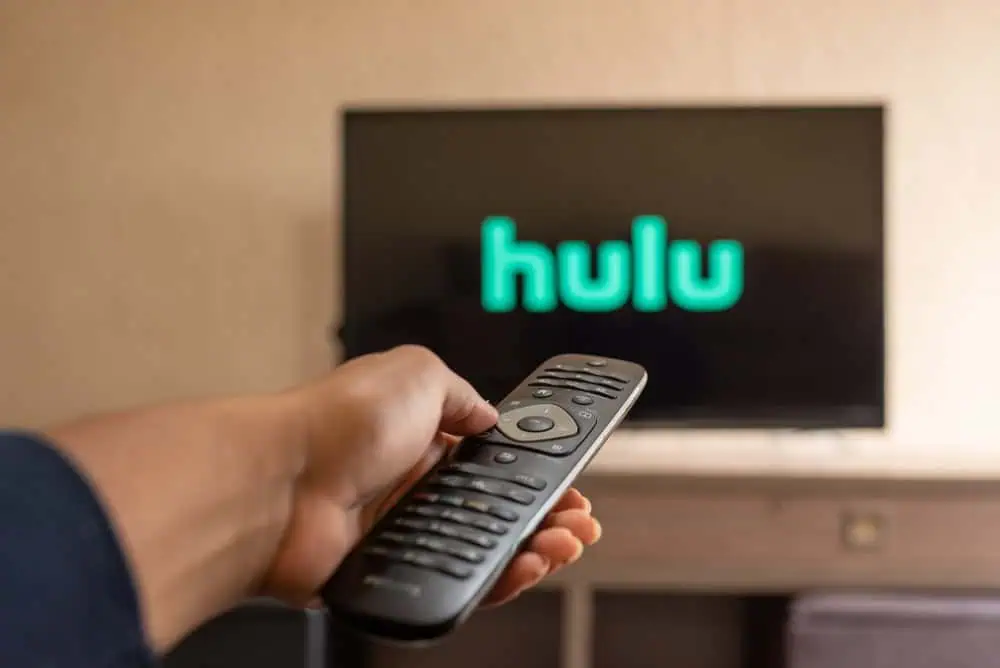Is your Chromebook playing hard to charge? In this guide, we’ll dive into the mysteries behind the reluctance of your Chromebook to charge.
Reasons Your Chromebook Fails to Charge
There are several reasons your precious Chromebook may fail to charge. Here are five of the most common causes of the problem.
1. Faulty Power Adapter or Damaged Charging Cable
If the power adapter of your Chromebook is faulty, it means there might be issues with the electrical components inside. This can hinder the adapter’s ability to deliver the necessary power to charge the Chromebook.
A malfunctioning power adapter can result from wear and tear. It can also be caused by exposure to extreme conditions, or manufacturing defects, leading to a disruption in the charging process.
Besides, the charging cable is a critical link between the power source and the Chromebook. Physical wear and tear, such as frayed wires, exposed conductors, or damaged insulation, can compromise the integrity of the cable.
Fraying occurs over time with regular use, especially if the cable undergoes bending, twisting, or pulling stresses. When the charging cable is damaged, it jeopardizes the efficient transfer of power to the Chromebook, hindering the charging process.
2. Damaged Charging Port
As we all know, the charging port on the Chromebook is a crucial component. It facilitates the transfer of power from the charging cable to the device’s battery.
Therefore, physical damage, such as bent or broken pins inside the port, can disrupt this transfer. As a result, it can render the charging process ineffective.
This damage may occur due to improper insertion of the charging cable, accidental drops, or exposure to external forces that impact the port.
3. Battery Issues
The Chromebook’s battery is a finite component with a limited number of charge cycles. Hence, the battery naturally degrades over time, diminishing its ability to hold a charge.
Factors like high temperatures, frequent deep discharges, and age contribute to the gradual deterioration of the battery’s overall health.
In some cases, a more severe hardware failure within the Chromebook can disrupt its charging capability. This could involve issues with the charging circuitry, power management components, or other critical internal components.
Hardware failures may stem from prolonged usage or exposure to environmental factors such as humidity or extreme temperatures.
4. Power Outlet Problems
The power outlet where the Chromebook is plugged in may have issues providing a stable and consistent power supply. Variations in voltage, electrical interference, or a faulty outlet can impact the charging process.
Power outlet problems can be influenced by external factors such as power surges, faulty wiring, or issues with the building’s electrical infrastructure. Inconsistent power supply not only affects the Chromebook’s charging capability but may also pose risks to the device’s internal components.
5. Software Glitch
Software glitches within the Chromebook’s operating system or firmware can sometimes interfere with the normal charging process. These glitches may disrupt communication between the battery, charging circuitry, and power management systems.
Software issues can arise from incomplete updates, corrupted system files, or conflicts between different software components. When these glitches occur, the Chromebook may exhibit irregular behavior, including difficulties in recognizing or accepting a charging input.
What to Do When Your Chromebook isn’t Charging
When your Chromebook isn’t charging, it can be a frustrating situation. However, there are several steps you can take to troubleshoot and potentially resolve the issue.
1. Check The Power Adapter And Cable
The power adapter and cable are vital components for charging your Chromebook. Inspect them thoroughly for any signs of wear, tear, or damage.
Moreover, frayed wires or bent pins can hinder the proper flow of electricity. Therefore, if you identify any issues, it’s crucial to replace the faulty component.
A damaged adapter or cable not only jeopardizes the charging process but also poses a potential safety risk. Regularly checking and maintaining these components can ensure a reliable and safe charging experience.
2. Inspect the Charging Port
The charging port on your Chromebook is the gateway through which power is transferred from the adapter to the device’s battery. Thus, physically examine the port for any damage or obstruction, such as dust or debris.
Even small particles can disrupt the connection, impeding the charging process. So, carefully clean the port using compressed air or a soft brush to eliminate any foreign material.
This simple maintenance step can go a long way in ensuring a secure and unobstructed pathway for charging. Additionally, it reduces the likelihood of charging-related issues caused by external factors.
3. Try a Different Power Outlet
Power outlets can vary in reliability, and a seemingly functional outlet may still have issues delivering a consistent power supply. Hence, plugging the charger into a different power outlet helps rule out the possibility of an electrical problem specific to the initial outlet.
By eliminating this variable, you can focus on identifying and addressing potential issues with the Chromebook itself or the charging accessories. This step is particularly relevant when troubleshooting charging problems.
This is because it allows you to isolate the source of the issue and determine whether it lies within the device or the external power source.
4. Perform a Hard Reset
When routine restarts don’t suffice, a hard reset provides a more thorough solution to potential software glitches. To perform a hard reset, turn off the Chromebook and disconnect it from the power source.
Then, hold down the refresh (circular arrow) and power buttons simultaneously for about 10 seconds. This action essentially resets the device’s internal state, providing a clean slate upon reboot.
While more potent than a standard restart, a hard reset is a safe and recommended troubleshooting step. It can help address persistent software-related challenges that may be impacting the Chromebook’s charging capabilities.
5. Contact Support or Repair Services
If all else fails and your Chromebook continues to experience charging issues, it’s advisable to seek professional assistance. Contacting the manufacturer’s support or authorized repair services allows for a thorough examination.
Trained technicians can diagnose and address issues that may require specialized tools or expertise. If your Chromebook is still under warranty, reaching out to the manufacturer ensures that you receive optimal support for less or free.
Professional assistance becomes crucial when dealing with complex hardware failures that may be beyond the scope of user-initiated troubleshooting.
Frequently Asked Questions
A Chromebook is a type of laptop that runs on Chrome OS, an operating system developed by Google. It primarily relies on cloud-based applications and storage, offering a lightweight and streamlined computing experience.
No, Chromebooks are designed to run Chrome OS, and installing Windows or macOS directly on a Chromebook is not supported. However, some Chromebooks support running Android apps, expanding the range of available software.
Chromebooks typically have modest internal storage, often ranging from 16 GB to 128 GB. However, they leverage cloud storage for documents and files.
Google Drive, with 15 GB of free storage, is integrated into the Chromebook experience.
Yes, Chromebooks are generally considered affordable compared to traditional laptops. The cost of Chromebooks varies based on factors such as brand, specifications, and features.
However, they are often priced lower than Windows or macOS laptops. Chromebooks are designed to be budget-friendly and cater to users who prioritize online tasks, web browsing, and cloud-based applications.
Some Chromebook models come with touchscreens, while others do not.
Conclusion
We all know how annoying it can be when our favorite devices begin to develop issues. So, it is okay to be a bit frustrated if your Chromebook refuses to charge.
However, you need to remember that it’s a common issue many people face. Moreover, there are various reasons why this might happen.
So, while figuring out why it’s happening is crucial, understanding that it’s not unusual can help reduce the stress. Chromebooks are generally reliable, and sometimes a simple glitch or hardware issue can cause the charging hiccup.
Gladly, this article discusses several tips to troubleshoot and potentially fix the issue.
We trust that you discovered valuable insights within this article. If you did, feel free to share your thoughts with us by dropping a comment below.
Alternatively, you can respond to the “Was this page helpful?” question below.
For more content on similar topics, check out our Technology Explained page.



